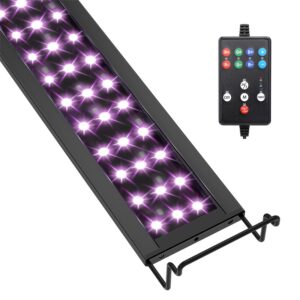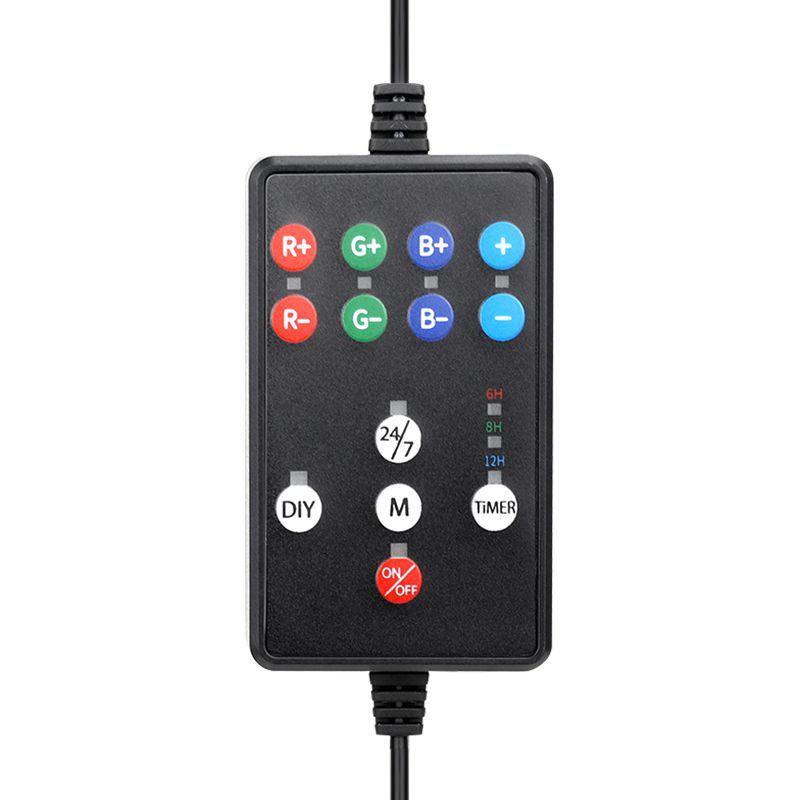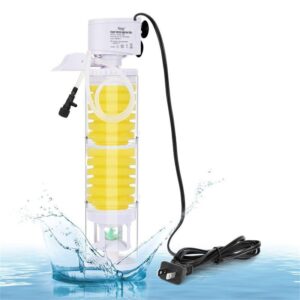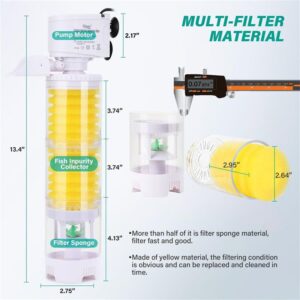Swim Bladder Disease in Aquarium Fish
The swim bladder is one of the common fish diseases that may be found in freshwater and saltwater fish. Have you ever noticed that your fish is swimming upside down? That may be due to the poor functioning of the swim bladder. In this article, we are going to provide you with useful information about aquarium fish swim bladder disease.
Why my fish can’t swim quite right?
As fish keepers, we always want our fish to be healthy. If your fish seems to have difficulty in swimming, it might have a swim bladder disease. A swim bladder is an organ that helps a fish keep its balance in the water.
If you’re an aquarist, chances are you’ve seen your fish rise to the surface and begin to float upside down. This condition, known as swimming or floating belly up, is commonly caused by an air bubble (or air sac) that has gotten lodged in the abdomen (belly). When this happens, the fish loses its ability to swim and sink until it’s in water that matches its specific gravity.
In most cases, a fish with an air bubble has a condition known as swim bladder disorder.
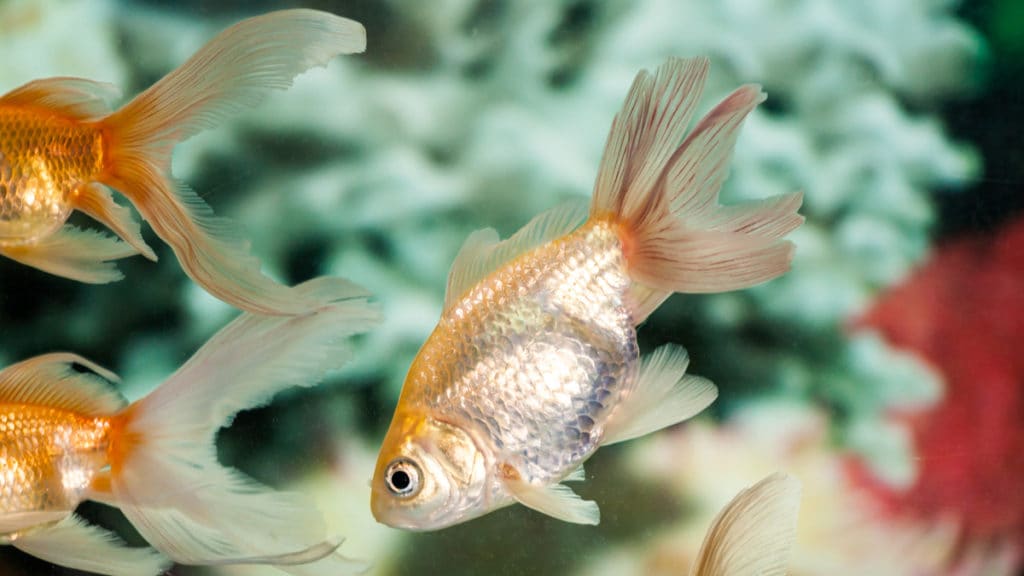
Why fish can’t swim quite right
What is swim bladder disease?
The swim bladder is an internal organ in some species of fish that controls their density and provides buoyancy. Swim bladder disease is a condition that occurs in fish, and is characterized by an abnormal accumulation of fluid in the swim bladder.
Prolonged or repeated exposure to a substance can cause swim bladder disease or hypervolemia. This disease can be both contagious and hereditary.
Saltwater fish often have swim bladders that are filled with oil. When the bladder gets too large it can extend into the intestines causing an intestinal blockage, which can kill the fish.
Freshwater fish are usually subject to this problem when they are kept in an aquarium for too long and too little water is changed.
There are two types of swim bladder diseases:
1. Temporary swim bladder: In which fish can be recovered from the disease after some modification and treatment.
2. Permanent swim bladder: In which the fish can not be recovered but can enjoy a happy life with some new lifestyle modifications.
What are the causes of swim bladder disease?
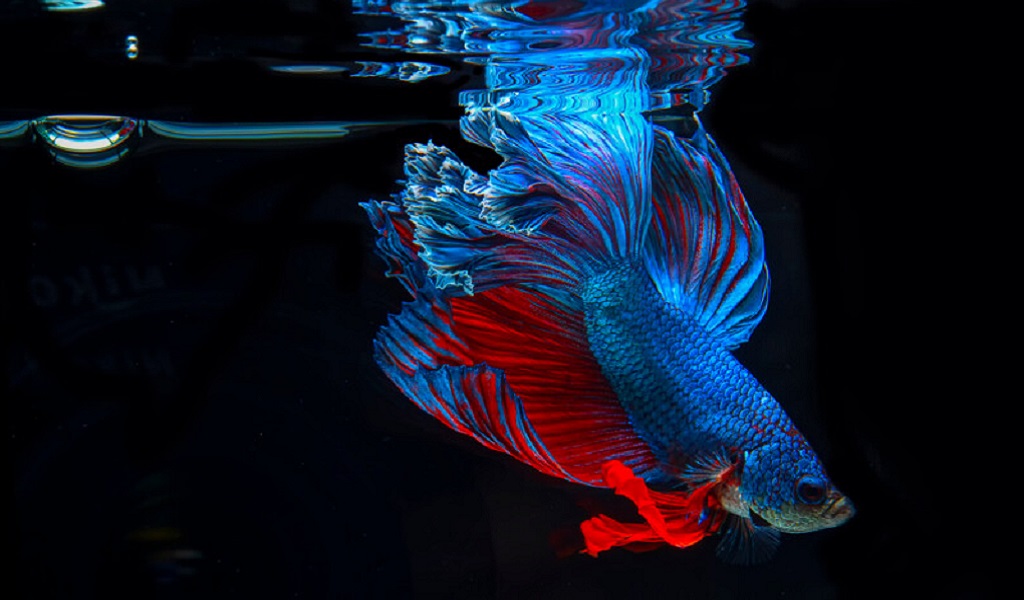
- Some of the common causes include overfeeding with high-fat foods, too much protein, low levels of oxygen, bacterial infection, constipation, and trauma.
- Swim bladder disease in fish aquariums is caused by a buildup of toxic gases in the swim bladder.
- This condition may be caused by several factors, including pH levels in the tank’s water, poor nutrition, and over-feeding.
- The inflowing water gradually replaces the ion concentration of the saltwater with hydrogen ions, lowering the pH and causing metabolic acidosis.
- The salt content in the fish becomes somewhat diluted, causing less oxygen to be dissolved in the blood; if severe enough, this will cause tissue damage. This may lead to swim bladder disease, which will eventually cause the fish to float belly up.
Identifying aquarium fish swim bladder disease
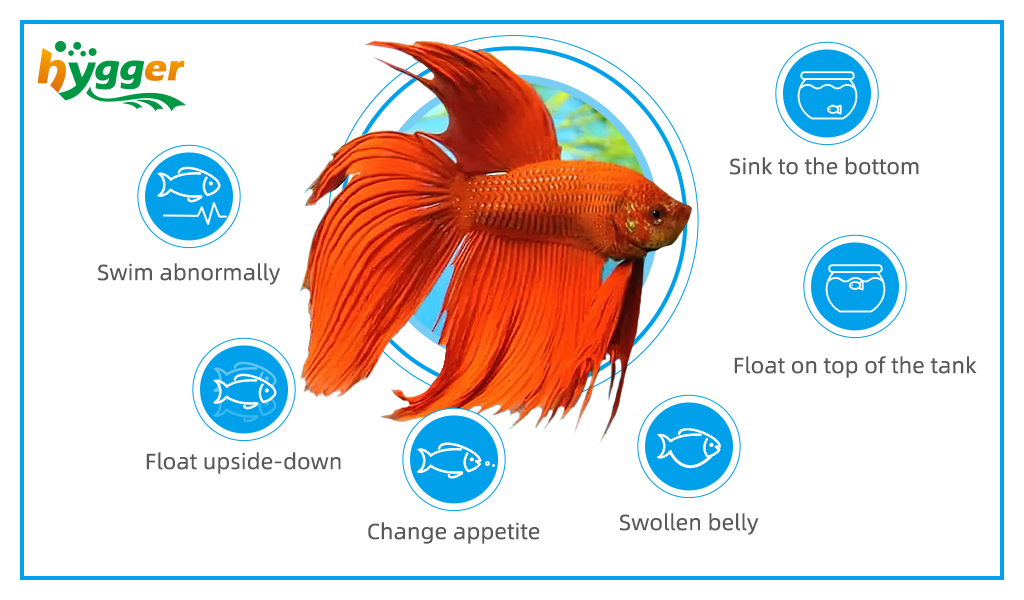
Symptoms of swim bladder disease
Treatment and prevention of swim bladder disease in fish
Rest assured that as long as there is air in the fish’s abdominal cavity, and it cannot expel it on its own, there are ways you can treat this condition at home. The following ways can be useful to avoid Swim bladder disease in Fish.
- Ensure that the pH in your aquarium does not fall outside the preferred 7.0–8.0 range, as fish are very sensitive to sudden changes in pH levels.
- The only way to stop the cycle is by performing a large water change. In addition, oxygen levels should be monitored closely and aeration should be provided either through a water pump or power filters with air stones.
- The best way to prevent swim bladder disease is to ensure nitrate levels are kept as low as possible and to quarantine new fish before adding them to your aquarium.
- There are many things that you can use as salt substitutes in your freshwater fish water, but here are some of the most common: rock salt, baking soda, and salts.
- The treatment of choice is usually metronidazole or salt. Either of these can be purchased at most fish supply stores. The dose is 3 mg per 5 gallons of water for 7 days, or 2 tablespoons per 10 gallons of salt every day for 7 days.
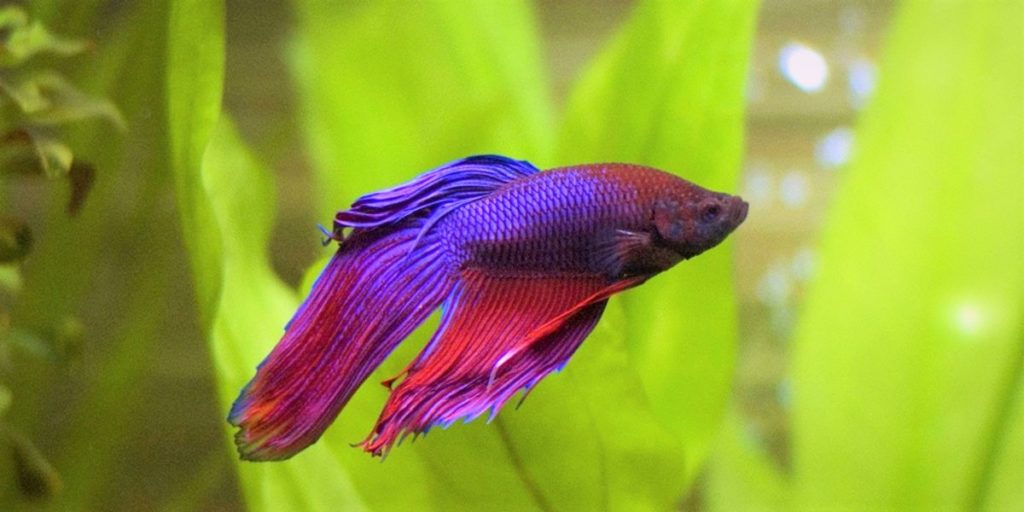
Treatment of fish swim bladder disease
What are the fish that have the majority of swim bladder disease?
In most instances, swim bladder disease occurs in Goldfish, Koi, and Betta fish.
1. Swim bladder disease in goldfish
Goldfish are the common victims of this buoyancy disorder. This might be due to the reason of physostomous of goldfish. Thus, allowing a free connection between their esophagus and swimming. This results in more buoyancy disorder complexities.
2. Swim bladder disease in Koi
Koi (Cyprinus carpio) are also on the list of fish that are more prone to swim bladder disorders. Some secondary changes have been noticed by the experts in Koi with spinal deformities or neurologic damage. Due to their shape changes, they don’t survive because of less mobility in water.

Koi fish
3. Swim bladder disease in Betta fish
Swim bladder disease in betta is not caused by the fish itself but by the environment or the water quality. The cause of swim bladder disease in betta fish usually comes from the fish being moved around too much.
The infected fish struggle to remain on top of the water or swim to the bottom of the tank. Providing good antibiotics can cure this disease in Betta fish after consulting with the Vet.
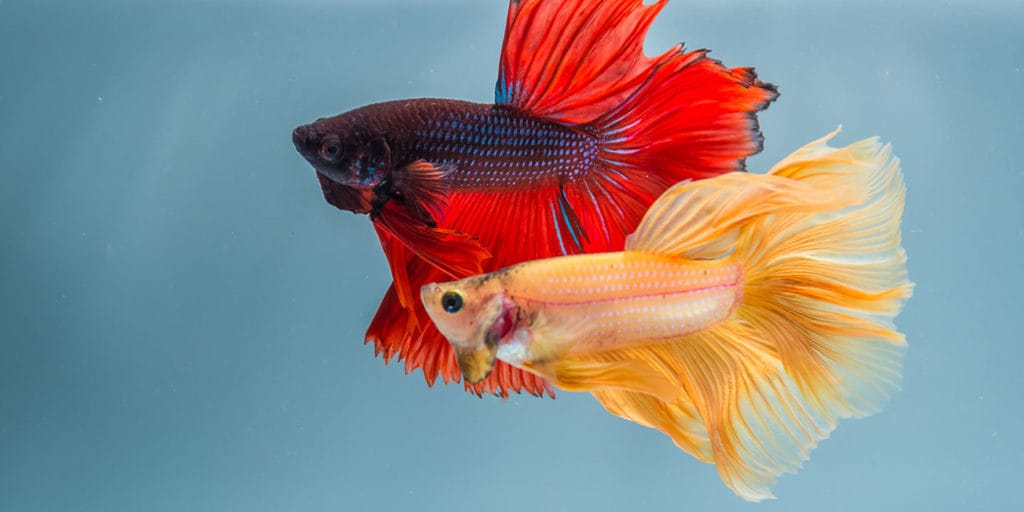
Swim bladder disease in Betta
Can fish live long if swim bladder disease remains untreated?
Although fish can live for a long time with untreated swim bladder disease, the condition eventually gets worse and fish die. Being able to detect early signs of swim bladder disease, and treating it before it progresses to the point that fish are in great pain, is important.
Conclusion
By the end of this article, the aquarists enthusiastically come to know about the swim bladder disease in fish.
If you are a beginner aquarist and don’t know how to prevent and treat swim bladder disease then, we have provided you with detailed information by which you can take all the preventive measures to avoid the outbreak. Moreover, we have provided you with the information to identify the swim bladder disease for a timely diagnosis. In addition, we came up with the common fish that have more potential of having swim bladders. So, as an aquarist, you will always be ready to not only identify the disease timely but also to avoid it.
Related Topics

